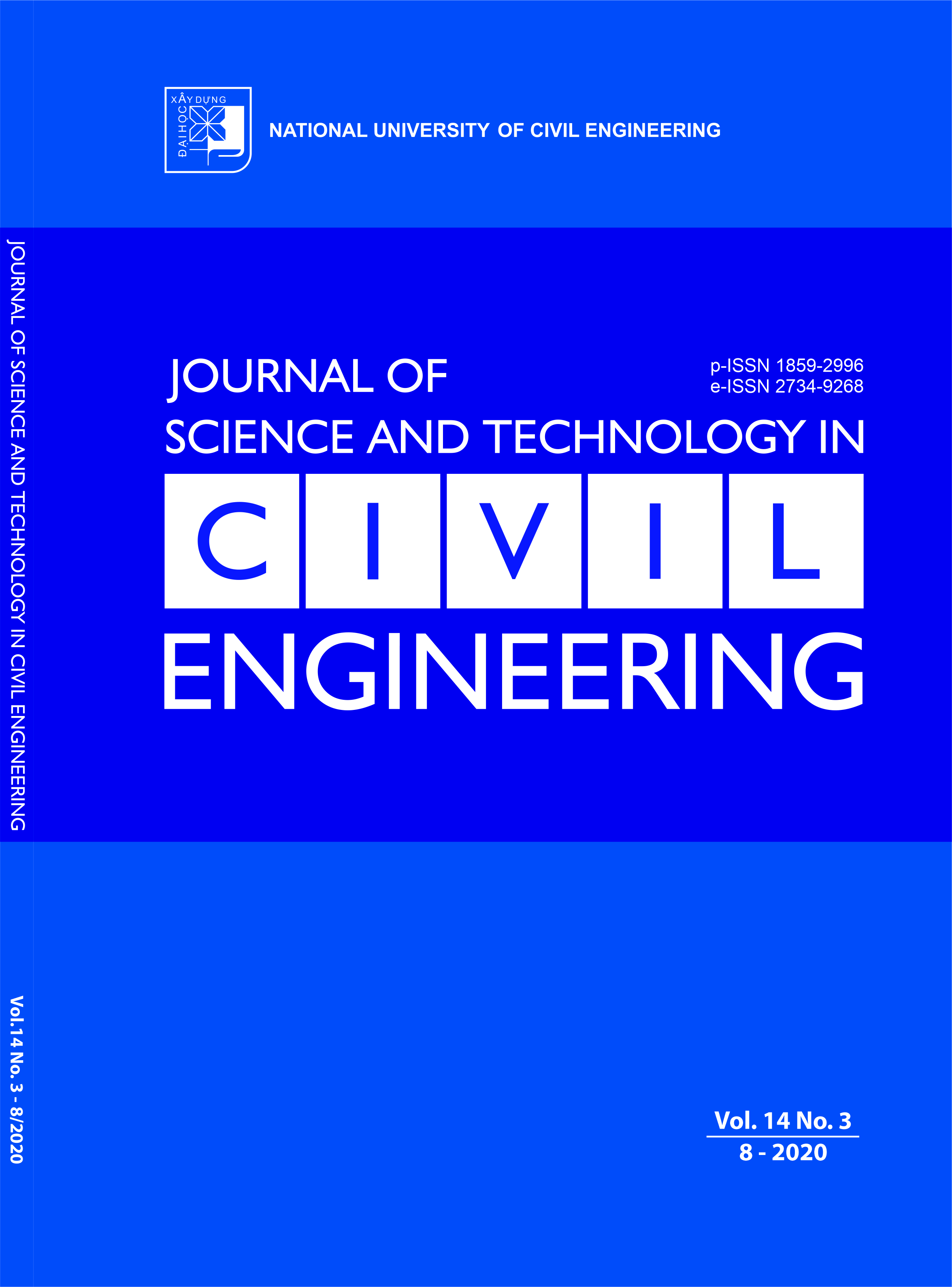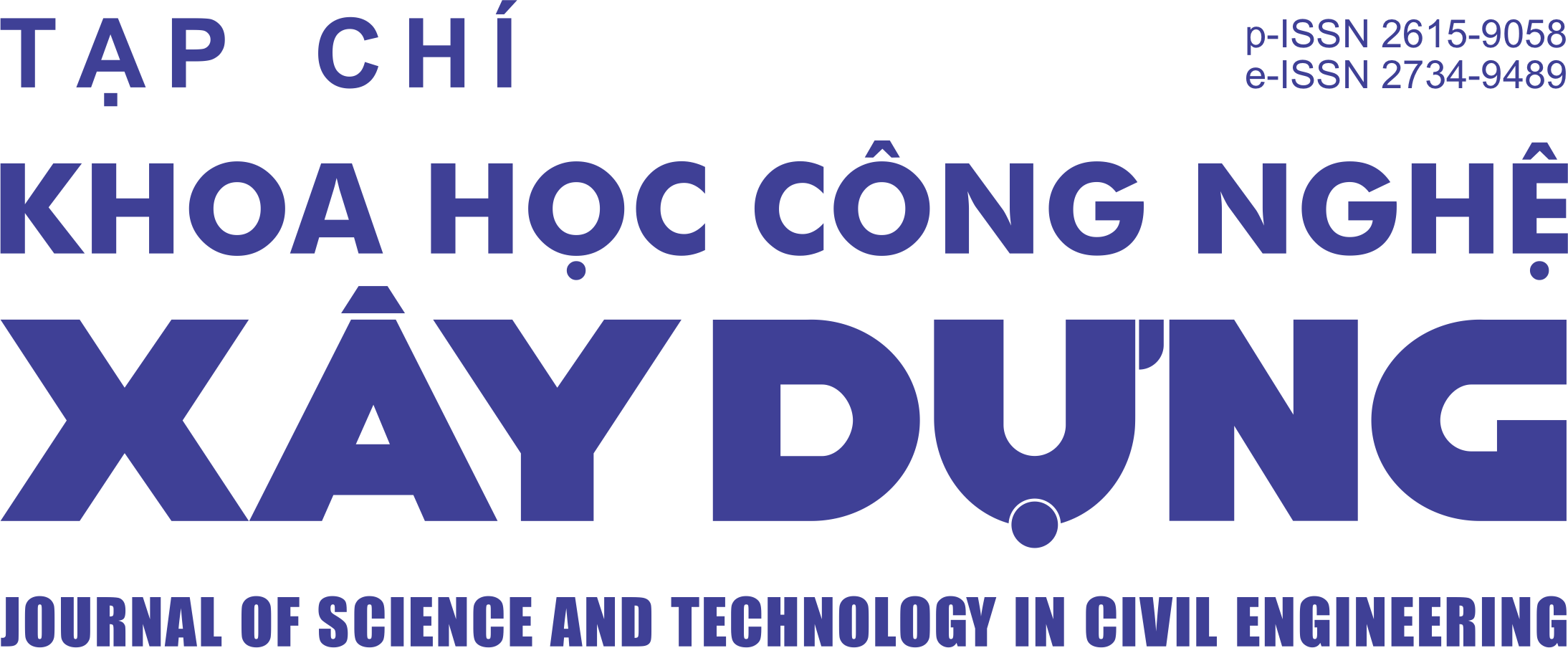Influence of fiber size on mechanical properties of strain-hardening fiber-reinforced concrete
Abstract
This research deals with the influences of macro, meso and micro steel-smooth fibers on tensile and compressive properties of strain-hardening fiber-reinforced concretes (SFCs). The different sizes, indicated by length/diameter ratio, of steel-smooth fiber added in plain matrix (Pl) were as follows: 30/0.3 for the macro (Ma), 19/0.2 for the meso (Me) and 13/0.2 for the micro fiber (Mi). All SFCs were used the same fiber volume fraction of 1.5%. The compressive specimen was cylinder-shaped with diameter × height of 150 × 200 mm, the tensile specimen was bell-shaped with effective dimensions of 25 × 50 × 100 mm (thickness × width × gauge length). Although the adding fibers in plain matrix of SFCs produced the tensile strain-hardening behaviors accompanied by multiple micro-cracks, the significances in enhancing different mechanical properties of the SFCs were different. Firstly, under both tension and compression, the macro fibers produced the best performance in terms of strength, strain capacity and toughness whereas the micro produced the worst of them. Secondly, the adding fibers in plain matrix produced more favorable influences on tensile properties than compressive properties. Thirdly, the most sensitive parameter was observed to be the tensile toughness. Finally, the correlation between tensile strength and compressive strength of the studied SFCs were also reported.
Keywords:
aspect ratio; strain-hardening; post-cracking; ductility; fiber size.
Downloads
Copyright (c) 2020 National University of Civil Engineering

This work is licensed under a Creative Commons Attribution-NonCommercial-NoDerivatives 4.0 International License.
1. The Author assigns all copyright in and to the article (the Work) to the Journal of Science and Technology in Civil Engineering (JSTCE) – Hanoi University of Civil Engineering (HUCE), including the right to publish, republish, transmit, sell and distribute the Work in whole or in part in electronic and print editions of the Journal, in all media of expression now known or later developed.
2. By this assignment of copyright to the JSTCE, reproduction, posting, transmission, distribution or other use of the Work in whole or in part in any medium by the Author requires a full citation to the Journal, suitable in form and content as follows: title of article, authors’ names, journal title, volume, issue, year, copyright owner as specified in the Journal, DOI number. Links to the final article published on the website of the Journal are encouraged.
3. The Author and the company/employer agree that any and all copies of the final published version of the Work or any part thereof distributed or posted by them in print or electronic format as permitted herein will include the notice of copyright as stipulated in the Journal and a full citation to the Journal as published on the website.







